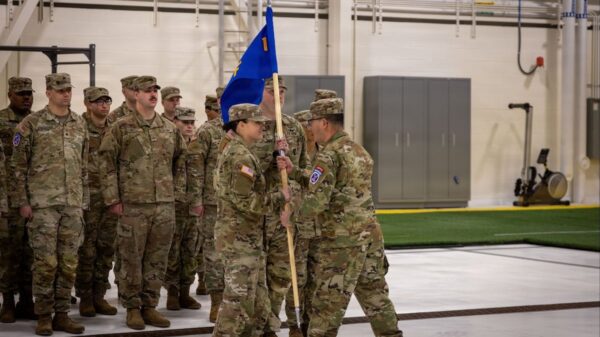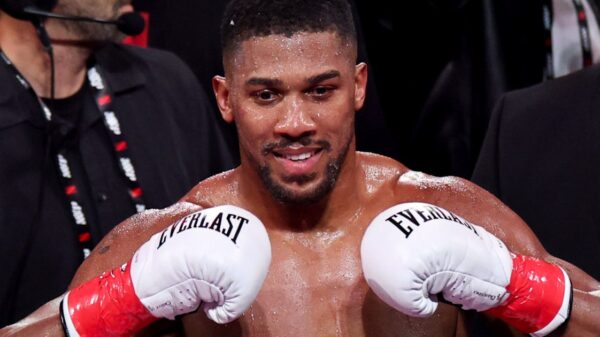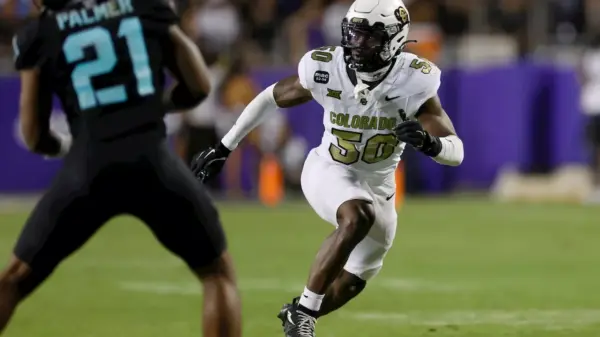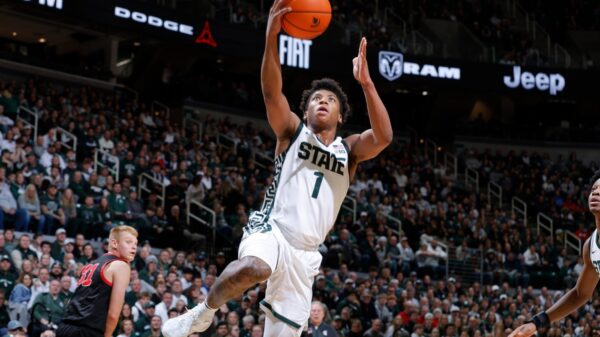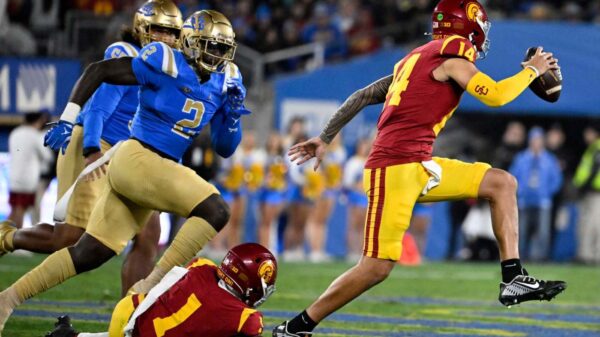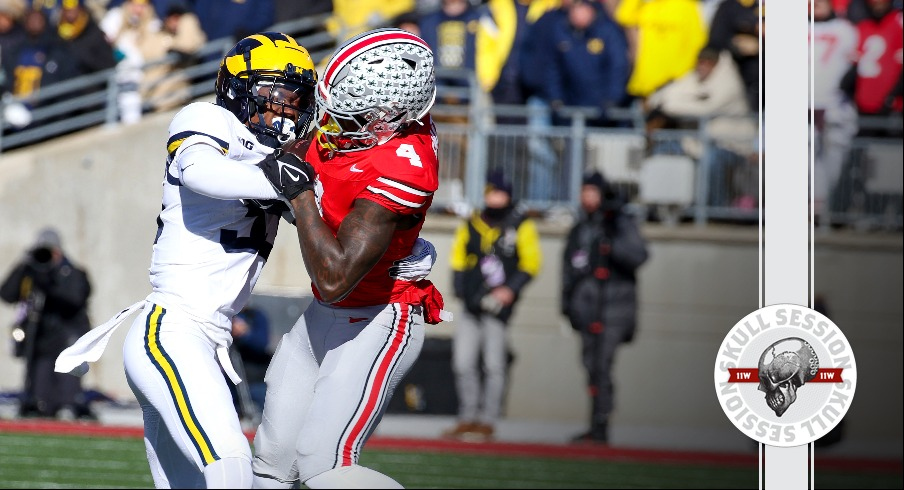In the world of college football, few rivalries capture the imagination and passion of fans quite like the annual clash between Ohio State and Michigan. Known simply as “The Game,” this storied matchup has been ranked as the greatest rivalry in all of sports by The Athletic, surpassing other notable contests such as Alabama vs. Auburn and Army vs. Navy.
The significance of this rivalry extends beyond the football field, as it brings together families and friends, only to divide them once the final whistle blows. The intensity and history of Ohio State vs. Michigan make it an easy choice for the top spot, according to Scott Dochterman of The Athletic, who used 11 principles to evaluate college football’s top 100 rivalries. These principles include data, prominence, relevance, and history, among others.
The Historical Context of “The Game”
Ohio State and Michigan have faced off since 1897, creating a rich tapestry of memorable moments and legendary players. The rivalry has seen its fair share of drama, from last-second victories to season-defining upsets. According to Tyvis Powell, a former Ohio State player, the significance of this rivalry will never diminish as long as the two teams continue to meet on the field each fall.
“The only way it could get diminished is if they don’t play anymore,” Powell stated. “If one team left the Big Ten, that’s the only way this wouldn’t be the best rivalry in sports.”
Such sentiments underscore the deep-rooted passion and tradition that fuel this annual showdown, making it a centerpiece of college football culture.
Pressure on Ryan Day: More Than Just a Game
As the head coach of Ohio State, Ryan Day finds himself under immense pressure not just to win games, but to beat Michigan. CBS Sports’ Josh Pate recently discussed this topic on his college football show, emphasizing that for Day, defeating Michigan is more crucial than winning a national championship.
“If you’re the head coach at Ohio State, your job is to beat Michigan and then the Big Ten can be won and then the national title can be won in that order,” Pate asserted. “But beating Michigan is No. 1, and he hasn’t done it in several years now.”
Pate’s comments reflect a broader sentiment among Ohio State fans and alumni who prioritize victory over their arch-rival above all else. This unique pressure is a testament to the rivalry’s significance within the context of college football.
Voices from the Field: Players Weigh In
The rivalry’s impact is not lost on the players themselves. Jeremiah Smith, an Ohio State recruit, has already vowed to defeat Michigan throughout his college career, highlighting the personal stakes involved in “The Game.”
“I didn’t want to go to Ohio State and lose to that team up north. I just hate them. Just something about them,” Smith told The Athletic.
Meanwhile, Michigan commit Dorian Barney has made a similar promise, setting the stage for future battles between these two powerhouses. Such declarations add another layer of intrigue to a rivalry already steeped in tradition and intensity.
Beyond the Sidelines: Urban Meyer’s Perspective
Former Ohio State coach Urban Meyer, who led the Buckeyes to multiple victories over Michigan, has repeatedly stated his lack of interest in returning to coaching, despite offers. His humorous rejection of a potential GM role further underscores his contentment with life beyond the football field.
“I thought, I’d rather step on a rusty nail and pull it out myself,” Meyer quipped on the Triple Option Podcast.
Meyer’s legacy at Ohio State, particularly his success against Michigan, remains a benchmark for current and future coaches.
Looking Ahead: The Future of “The Game”
As Ohio State and Michigan prepare for their next encounter, the stakes remain as high as ever. For Ryan Day, a victory over Michigan could alleviate some of the pressure he faces, while for the players, it represents an opportunity to etch their names in the annals of college football history.
The rivalry continues to capture the hearts and minds of fans, ensuring that “The Game” remains a defining feature of the college football landscape for years to come.









